Buy this flower art Red cotton tree in Tel Aviv by resuimages on canvas, ArtFrame, poster and wallpaper, printed on demand in high quality.
About "Red cotton tree in Tel Aviv"
by resuimages
About the artwork
The red cotton tree (bombax ceiba) is a tropical flowering tree known for its huge, brilliant red flowers, its beautifully shaped trunk and widely spreading branches. It is a member of the Kapok tree family. Similar to the kapok tree, the cotton tree produces large capsules of black seeds that are masses of silky, cotton-like fibres. Even the slightest breeze disperses the wonderfully fluffy, long-stemmed and at the same time ultra-light fibres, in all directions. In South America, for example, the cotton tree is a giant tree up to 75 metres high, which was revered by the Mayas as a particularly mystical tree. In Africa, preferably also in the former German colony of Tanzania, and in Southeast Asia, the cotton tree was cultivated for its woolly fruits and their fibres. In Asia, it is better known as Kapok. The fruit capsules, which are up to 15 cm long and as thick as a thumb, burst open when ripe and the fluffy plant fibres literally swell out. Inside, the seed filaments protect the tiny seeds. The seeds are oily and are collected when the fibres are combed out, pressed and a valuable vegetable oil is obtained. More than a hundred years ago, kapok was a sought-after substitute and filling fibre used in the textile industry. The fibre material, which could only be spun as a blended yarn due to the complex fibre preparation, was initially used for the production of simple blankets. However, especially because of its elasticity and lightness - the fibres are also known as plant down - kapok was primarily used as a filling material for quilts and upholstery. Because of its special buoyancy in water, kapok was also discovered in the 1930s as a filler for life jackets. In addition, the bacteria-resistant fibre material is suitable for antiseptic wound dressings. The almost germ-free fibre material has been rediscovered in recent years as a filling material for pillows and quilts for allergy sufferers.

About resuimages
Reiner Sutter aka resuimages has been an enthusiastic and ambitious hobby photographer for more than 35 years. He started with digital photography more than 20 years ago and developed his skills step by step. Today's photography offers him the opportunity to combine his knowledge as a computer expert with the.. Read more…
 Netherlands
Netherlands Ordered in October 2020
Ordered in October 2020
 Netherlands
Netherlands Ordered in November 2016
Ordered in November 2016
 Netherlands
Netherlands Ordered in July 2017
Ordered in July 2017

 Germany
Germany Ordered in May 2022
Ordered in May 2022
 Germany
Germany Ordered in May 2021
Ordered in May 2021
 Germany
Germany Ordered in September 2019
Ordered in September 2019
 Germany
Germany Ordered in March 2025
Ordered in March 2025
 Germany
Germany Ordered in January 2021
Ordered in January 2021
 Germany
Germany Ordered in May 2023
Ordered in May 2023
 Germany
Germany Ordered in December 2022
Ordered in December 2022
 Netherlands
Netherlands Ordered in May 2020
Ordered in May 2020
 Netherlands
Netherlands Ordered in August 2024
Ordered in August 2024
About the material
ArtFrame™
Interchangeable Art Prints
- High-quality print
- Easily interchangeable
- Acoustic function
- Large sizes available
Discover the artworks of resuimages
 Swimmingpool in Puig Moltoresuimages
Swimmingpool in Puig Moltoresuimages Poaching Nest Infinity Pool - Virdiresuimages
Poaching Nest Infinity Pool - Virdiresuimages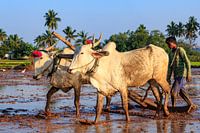 Rice farmer traditional ploughing - Karnatakaresuimages
Rice farmer traditional ploughing - Karnatakaresuimages Hampi Bazaar - Karnatakaresuimages
Hampi Bazaar - Karnatakaresuimages Adventure Park - Pilatus Rope Parkresuimages
Adventure Park - Pilatus Rope Parkresuimages Medieval Town - Helmsleyresuimages
Medieval Town - Helmsleyresuimages Weeping Window - Hull Maritime Museumresuimages
Weeping Window - Hull Maritime Museumresuimages Rock in the sea - Majorcaresuimages
Rock in the sea - Majorcaresuimages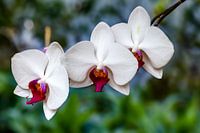 Spring White Orchids with Purple Heartresuimages
Spring White Orchids with Purple Heartresuimages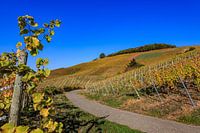 Vineyards in Baden near Varnholtresuimages
Vineyards in Baden near Varnholtresuimages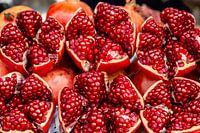 Pomegranate is said to be a super fruitresuimages
Pomegranate is said to be a super fruitresuimages The Colosseum in the heart of Romeresuimages
The Colosseum in the heart of Romeresuimages Mekong - the mother of waterresuimages
Mekong - the mother of waterresuimages The Charles Bridge in Pragueresuimages
The Charles Bridge in Pragueresuimages Kingston-Upon-Hull in Springresuimages
Kingston-Upon-Hull in Springresuimages Buddha on the way to Nirvanaresuimages
Buddha on the way to Nirvanaresuimages The devil fliers of Loffenauresuimages
The devil fliers of Loffenauresuimages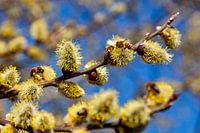 Busy honey bees harvest the nectarresuimages
Busy honey bees harvest the nectarresuimages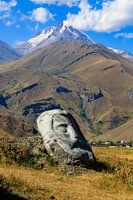 Gigantic Sculptures Near the Georgian Army Roadresuimages
Gigantic Sculptures Near the Georgian Army Roadresuimages Pak Ou Cavesresuimages
Pak Ou Cavesresuimages
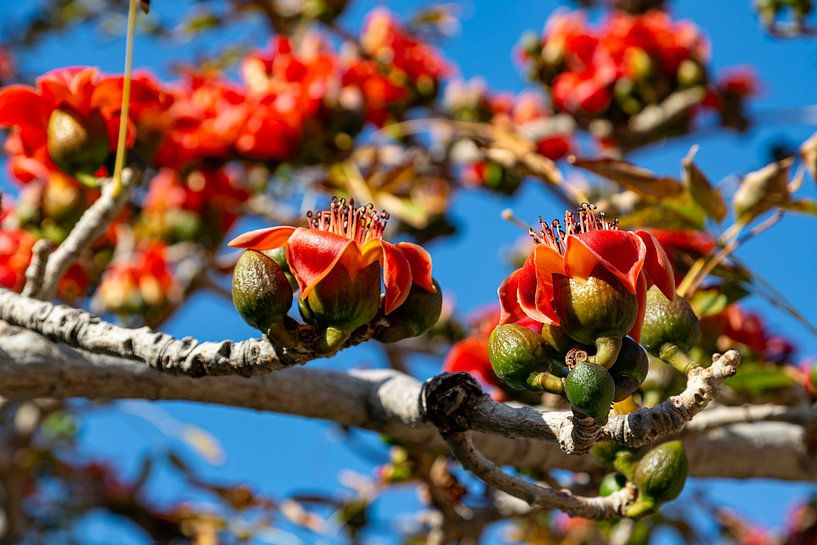









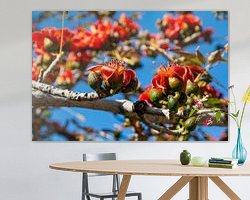


 Flowers
Flowers Joyful Moments
Joyful Moments Photo wallpaper
Photo wallpaper Photography
Photography Vibrant Colors
Vibrant Colors









